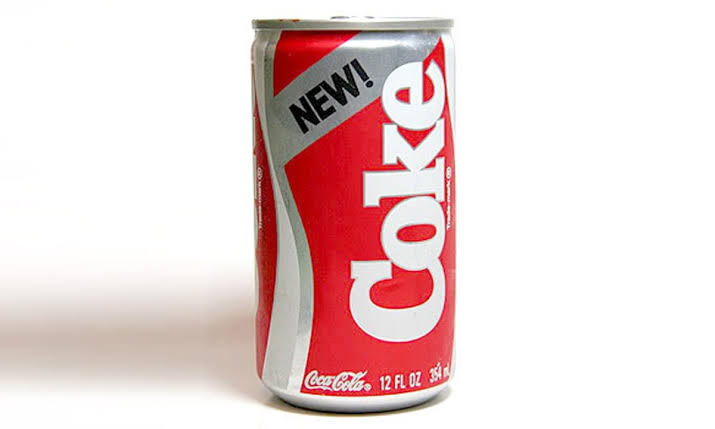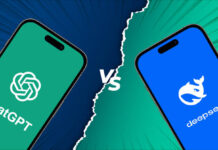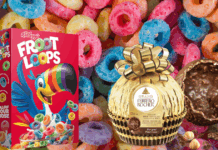In the world of consumerism, brands constantly strive to innovate and capture the hearts of customers with new and exciting products. However, not all endeavors are met with success, and some products become infamous for all the wrong reasons. In this article, we’ll explore some of the worst products ever introduced by well-known brands, ranging from technological missteps to marketing disasters.
1. New Coke (Coca-Cola, 1985)
Perhaps one of the most famous product flops in history, New Coke was introduced by Coca-Cola in 1985. The company decided to reformulate its iconic soda to keep up with changing consumer tastes. However, the backlash from loyal fans was swift and fierce. Within just a few months, Coca-Cola was forced to revert to its original formula, now marketed as “Coca-Cola Classic.” New Coke serves as a cautionary tale about the importance of understanding the emotional attachment consumers have to a brand’s heritage.

2. Microsoft Windows Vista (Microsoft, 2007)
Microsoft Windows Vista was supposed to be a leap forward in terms of operating systems, but it ended up being a major stumble. It was plagued with compatibility issues, hardware demands that were too high for many computers at the time, and a user interface that was widely criticized. Windows Vista’s problems were so severe that many businesses and individuals chose to stick with its predecessor, Windows XP, for years after its release.

3. Google Glass (Google, 2013)
Google Glass was hailed as the future of wearable technology, but it quickly became a symbol of privacy concerns and social awkwardness. The idea of having a camera and display on eyeglasses raised numerous ethical and practical issues. After failing to gain widespread consumer adoption, Google Glass was eventually rebranded for enterprise use. While the technology was ahead of its time, it was a reminder that not all innovations are ready for the mass market.

4. Ford Edsel (Ford, 1957)
The Ford Edsel is often cited as one of the biggest marketing failures in automotive history. Hyped as a revolutionary car, it was launched with massive advertising campaigns and high expectations. However, the public’s response was underwhelming due to its unusual design, high price, and competition from other Ford models. The Edsel was discontinued after just three years, costing Ford millions.

Read More: I’m ‘Mercedes’ – A Campaign You Just Cannot Miss!
5. Crystal Pepsi (PepsiCo, 1992)
PepsiCo’s attempt to create a clear, caffeine-free cola called Crystal Pepsi in the early ’90s is a classic example of a failed product. Despite heavy marketing, consumers found the idea unappealing, and the drink’s taste didn’t match the hype. Crystal Pepsi was discontinued in less than a year. However, it has since gained a cult following, with occasional comebacks in limited editions.

6. Ez Squirt Ketchup, Heinz, 2006
In the year 2000, Heinz made a creative move to captivate the interest of children by introducing a unique variation of their ketchup known as “Ez Squirt,” featuring vibrant colors like teal, green, and purple. However, this unconventional idea had a relatively short shelf life, as it was discontinued after just six years on the market.

7. Kitchen Entrees, Colgate, 1982
Back in 1982, Colgate ventured into an unusual brand extension by entering the frozen dinner market. However, this unconventional move didn’t go as planned, possibly because consumers couldn’t shake the association between Colgate and toothpaste, leading them to believe that the food might taste like toothpaste. It’s uncommon for a company to introduce a product expecting it to cannibalize sales of their existing offerings, but in this case, Colgate should have anticipated the outcome. Following the introduction of their kitchen entrees line, toothpaste sales sharply declined.

8. Office Assistant Clippy, Microsoft, 1990s
Clippy has gained notoriety as one of the most disliked user interfaces ever created. It was intended to assist by popping up when the software detected a need for help, but it ended up irritating many users. Microsoft eventually recognized its unpopularity and decided to remove this feature.

Read More: Tabish Hashmi’s Debut As An Alien Misses The Mark
9. Coors Rocky Mountain Sparkling Water
For many years, Coors has promoted its beer as being “cold brewed with pure Rocky Mountain spring water,” a tradition dating back to 1873. However, in response to the rising trend of moderate alcohol consumption and the substantial growth in the bottled water market, the company made the strategic choice to introduce spring water as a nonalcoholic beverage, marking its first such product since the Prohibition era. Despite leveraging their existing bottling and distribution infrastructure, the Coors brand itself didn’t prove to be a significant selling point for their bottled water.

10. Evian Water Bra
Evian, renowned as one of the world’s most recognized purified water brands, held a prominent position in the beverage industry. In 2005, the company attempted diversification by creating a unique product—a support brassiere designed to be filled with water. This innovative garment aimed to provide women with a cooler alternative to conventional bras, especially in hot weather, and even included a small pouch for holding a bottle of mineral water. However, it’s not surprising that this unconventional product failed to gain traction, and it was discontinued shortly after its launch.

What do you think about these? Let us know in the comments below.
Stay tuned to Brandsynario for the latest news and updates.







































